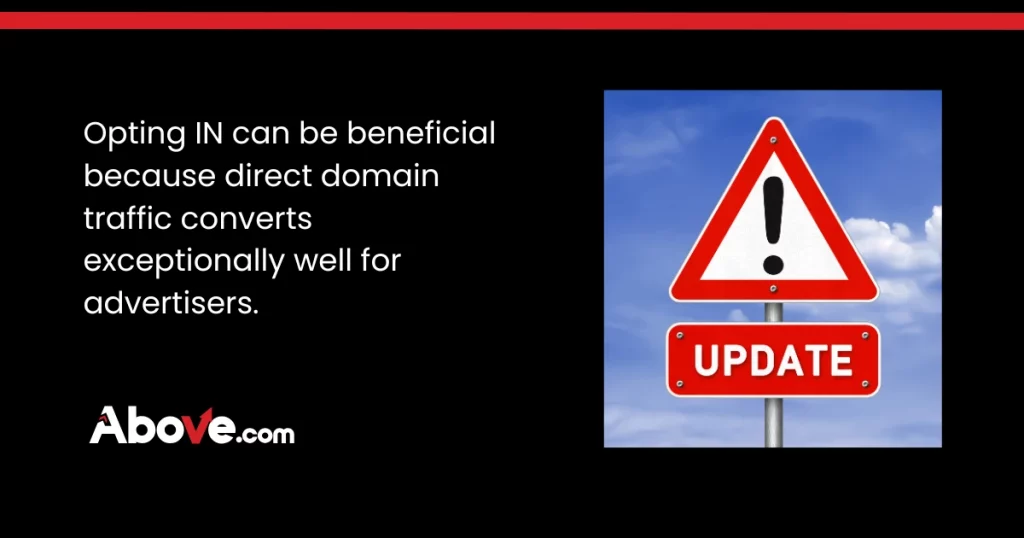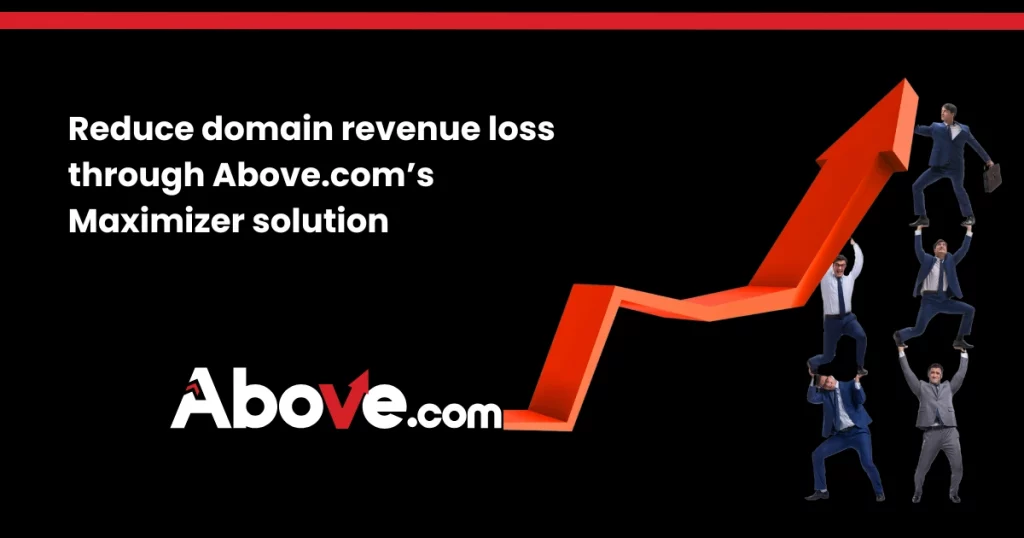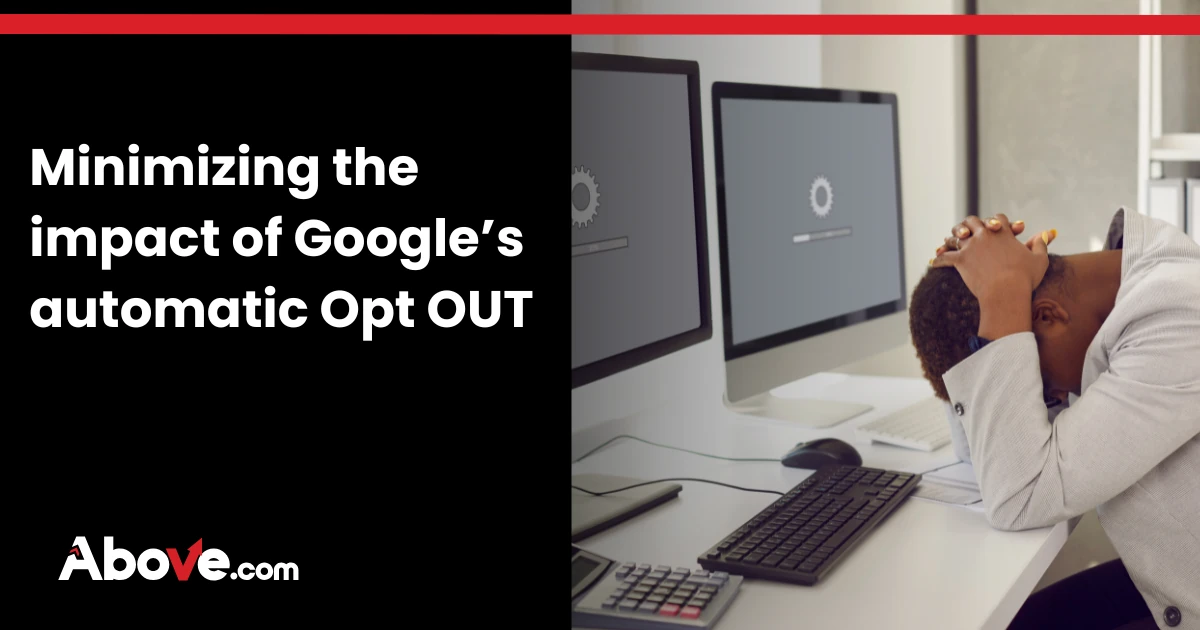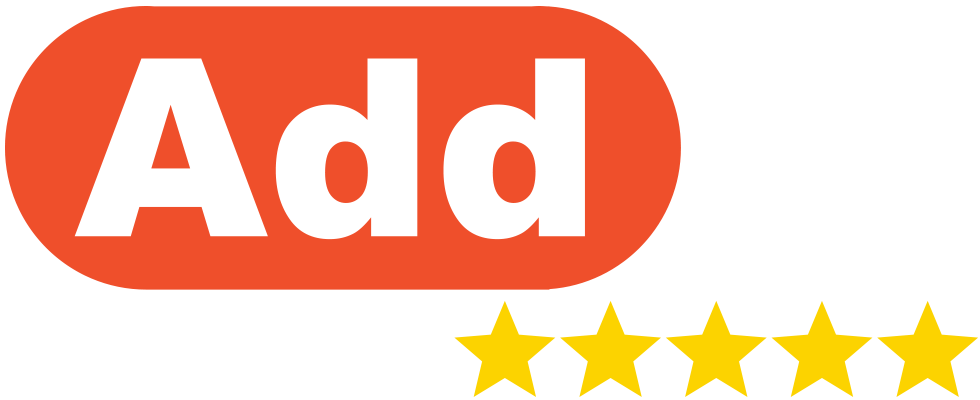Google has two distinct sides: the Demand side and the Supply side.
The demand side works with Google Advertisers to run Google Ads, and the Supply side looks after the traffic sources, including the domain traffic channel. These sites don’t always communicate with one another, and they often have different goals. Inevitably, decisions are made that create conflicts.
The domain channel has traditionally been just for direct-parked domains serviced by companies with a Google AFD Feed (Adsense for Domains). These companies realized that these feeds could be used to generate additional revenues with the help of Domain Arbitrage.
For those who don’t know, domain arbitrage is registering a keyword-rich domain name where traffic is bought from a different source besides Google, such as Facebook or TikTok, and sent to that domain name. Google then displays their Google Ads on these domains. The intent is to buy the traffic for less than what Google will pay you.
These parked domains had no natural traffic and were solely registered for arbitrage purposes. As a result, a substantial amount of traffic flowed to these parked pages. Billions of dollars worth of traffic were bought from other sites like Facebook and TikTok and sent to these arbitrage-based domains.
“Investors utilizing Google only for domain monetization saw two significant drops in their revenues, some as high as 60%.”
~ David Warmuz, CEO, Above.com
Unfortunately, when there is big money to be made, it attracts players who are less concerned with advertiser conversions and more so about just making as much revenue as they can. This is where traffic quality becomes a big issue for the Demand side as they deal with the advertisers.
As the quality of traffic has dropped over the years, the Demand side has counteracted by changing the amounts paid to the domain channel, resulting in less of the ad spend being paid to the domain channel and domain owners.
Most recently, a drastic change to the parked page template made them less click-friendly, resulting in an industry-wide drop in parking revenues of up to 60%. Instead of terminating all the arbitrage players, the Ads teams changed how Parked pages look. A template change was designed specifically to reduce their clickthrough ratios. That change was rolled out in late December when 50% of the packages were updated, and the second rollout of changes occurred on the 12th of January when the other 50% were updated.
Why did Google make more changes?

The Google ads team did this to reduce the click-creation of the arbitrage domain traffic that had been sent. This traffic wasn’t always as clean and didn’t convert as well because the focus of the arbitrage players was to make money, not to generate revenues and conversions for advertisers.
Their focus was to send as close to relevant traffic as possible to get the clicks, but whether it converted didn’t matter. Google was happy with the quality of that paid traffic, which may be a reason for making that change, but the reality was that they had already decided to opt out of all of the Google ads advertisers. They were going to opt out of the domain channel automatically. So, all of the existing campaigns that were running will no longer appear under their names.
These changes affected the arbitrage players and the normal direct domainers with direct traffic because it was easier than separating the two, who was doing arbitration and who wasn’t.
Google isn’t against Arbitrage. They like it, and they want it. Google has been pushing domain arb companies to a new program called RSOC (Related Search for Content), which has more quality checks to handle the amount of traffic sent there. Unfortunately, the transition was not fast enough, so further changes were made by the Demand side, where all Google advertisers will be auto-opted out of the domain channel and will need to opt back in manually.
This opt-out is being rolled out in stages, with the first on March 19, 2025, and then monthly until all the accounts are opted out.
How did people know if they were being opted out or not?
Human nature dictates that most people will never opt back in because they weren’t aware of the reason for opting in or out anyway. They may not understand how this could affect their ad campaigns, so they may ignore it and not opt back in.
A small percentage of domain investors will understand the value of traffic and opt back in. For those who would actively want to change this function, users would have been prompted to do so when they logged into their ad campaign.
Should you opt back into Google ads domain placements?
Above.com generally recommends that people opt-in because direct domain traffic is highly intent-based and converts exceptionally well for advertisers.
The impact of these changes remains unclear as time is needed to gather data to prepare accurate findings. Like any advertising campaign, it would take weeks and even a few months to have enough data to analyze before making a confirmed decision on what is and is not working.
Some advertisers can see whether their conversions have dropped or their margins or conversion ratios have increased, so they can make a faster decision to opt back in or stay opted out.

For advertisers, this poses a great opportunity to opt back in because they will pay much less for domain traffic as they are not competing with many other advertisers. , It is a great opportunity to buy quality traffic for much less than usual.
Advertisers won’t pay as much per click for the ads to appear on the pack pages, so it will become a profitable traffic source before prices rise again.
Previously, most clients reported between 40 to 60% drop in revenues from the template changes in December 2024 and January 2025. However, customers using Above.com’s managed services and monetizing their portfolios with Maximizer were able to mitigate those losses.
Above.com account managers assist in all domain monetization strategies.
Many domain investors haven’t checked their accounts and portfolios for some time. Ownership changes and their domains might be stale, so this is an ideal time to perform a portfolio audit to check how investments are performing and what tweaks can be made to improve profits.
We can’t avoid changes or losses due to industry changes, but we can reduce the severity of loss and change through our stable domain management platform and managed services.
Frequently Asked Questions
What alternatives are there to Google ads for domain monetization?
If you’re looking for alternatives to Google Ads to monetize your domain, it’s worth researching which domain parking services could work best for you. You should also consider connecting with Ad networks and direct advertising for websites with content, affiliate marketing and lead generation strategies, paid membership or exclusive content opportunities, and selling or leasing your domains. Contact our domain brokerage service for all domain buying and selling options.
What is the best way to test parked domain traffic sources?
Testing parked domain traffic sources effectively requires a mix of analytics, tracking, and conversion analysis. Use Google Analytics and set up parameters to track referral sources and user behavior, while Google Tag Manager helps manage tracking pixels and scripts. You can redirect traffic to a simple landing page with a clear Call To Action, such as signing up, purchasing, or clicking through. Use paid traffic verification services that may also help detect bot traffic and fraudulent clicks. Monitor your traffic for unusual patterns, such as high bounce rates or low engagement.
How do I know if my campaign performance has been affected?
Above.com account managers are here to assist with all domain monetization strategies. For more information on how to check if your campaign has been affected by the recent Google changes, please email one of our team members at contact@above.com.








